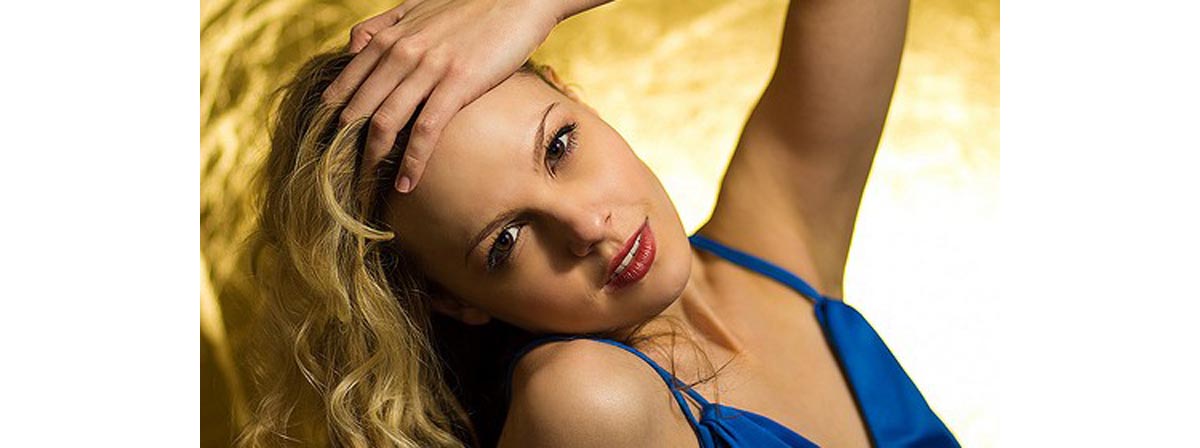Table of Contents
Ombre is the French word for shaded or shading - and the hair and beauty industry has borrowed this nifty little word, using it to describe the latest trend in hair, a graded look that is darker at the roots and lighter at the ends.

Ombre can also be much more subtle, and this is performed with a technique known as balayage, where the colorist literally paints color onto the hair, around the face and on the tips for a really natural, sun-kissed look.
Tracey Cunningham, a colorist and co-owner of a salon in Beverly Hills, argues that ombre is literally "the most flattering thing you can do for your hair." It's natural, beachy and is an easy way to change up your look without going too brassy or too blond. It's also really easy to maintain, too, and because you don't have to worry about getting your roots done, you can make your trips to the salon a little less frequent.
So how do you get the ombre look? Learn how with these tips.
Getting the Ombre Look At Home
Most colorists would advise getting the ombre look at a salon - but virtually every colorist would recommend going to the salon for a color treatment, as it means they get more money in their pocket! But you can get the look at home - it just takes a lot of patience and a little effort.
If you're blond and you want to go brown with blond tips: depending on the shade of the hair, you'll need one or two boxes of color. The most flattering and the easiest way to wear ombre is with a very subtle graduation of color from roots to tips.
Choose a hue that's 3 or 4 shades darker than your hair and apply it from the roots to the mid-lengths of hair, being careful to blend the color so that there isn't a set line between the dark and the light colors. You also need to be really careful when applying the color so that it doesn't drip onto the hair that you're not coloring. Leave to set on hair according to the instructions on the box, then wash out and style as usual.
You might need to use another color through the mid-lengths that's partway between your natural color and the darker color at your roots, but this really depends on your color and how you want the end result to look.
- Photo courtesy of Nadia Martinez by Flickr : www.flickr.com/photos/pinkpotatochips/8268706084/
- Photo courtesy of tvnewsbadge by Flickr : www.flickr.com/photos/tvnewsbadge/9290661612/


Your thoughts on this